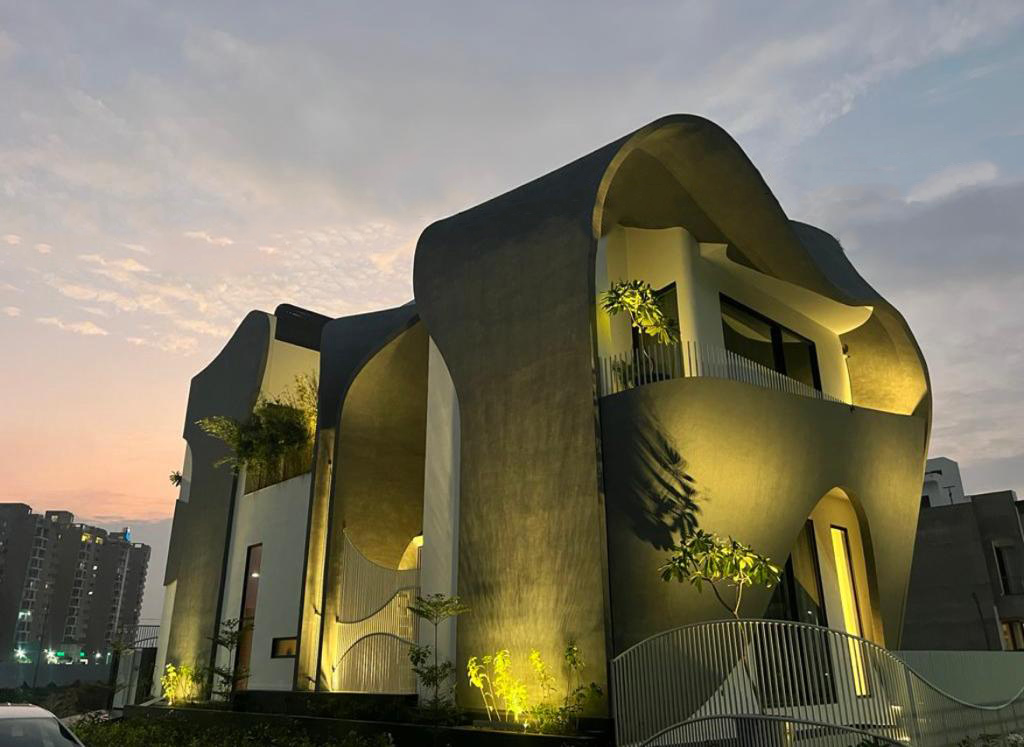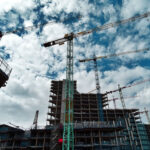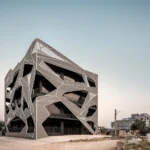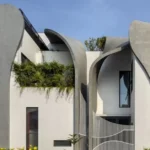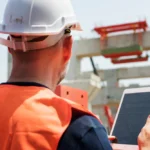Introduction
We’ll admit it – we live for that look people get when they spot one of our builds and go, “Woahhh…who pulled that off?”
We have. And frankly, it’s the best gig in the world.
Because we’re not your average commercial construction company. We’re dream translators. Hand us your gut feeling, that half-sketched doodle on a napkin, your wildest “What if…”, and we’ll figure out how to make it stand tall in concrete.
For us, this ride from concept to creation isn’t some dull technical checklist. It’s messy, thrilling, sometimes downright maddening – packed with quiet wins, scratched heads, and moments that make us grin ear to ear.
And you know what? It’s these behind-the-scenes bits that make it all worth it.
So today, we’re opening the doors to show you a top company in construction industry turn wild ideas into spaces that steal stares and start conversations.
How We Start: Listening, Sketching, Dreaming
Most people think building starts with bricks and beams. We’d say it starts with ears.
Take the Ribbon House for example. It didn’t kick off with fancy floor plans but with hours of chatting. Our CEO, Mr. Ravijeet Singh, sat down with Studio Ardete, diving into what really mattered – swapping stories about their journeys, picturing motion, even daydreaming about how it’d feel to stroll through the space on a lazy Sunday.
That’s how the idea of a flowing “ribbon” wrapping the house was born. Not some fancy decorative word. A story, literally cast in concrete.
Data, Numbers And A Bit Of Science Magic
Of course, we might lead with heart, but we always back it with brain.
While most folks were perfecting their banana bread during COVID, we were busy running a year-long solar study right from our desks in Mohali. It mapped exactly how sunlight would dance around the ribbon house, season after season.
So yeah, a few clever moves followed:
- Windows placed with almost surgical precision, catching light just right.
- Lofty 12-foot joineries to pull that sunshine deep inside.
- Sturdy 18-inch composite walls to keep Punjab’s heat and clamour on the outside, where it belongs.
Because for us, it’s never just about making something look stunning. It’s about making sure it lives, breathes, and feels right – all year round.
Crafting Those Wild Curves: Where Things Got Interesting
Now here’s where most builders would’ve politely backed away – or maybe sprinted.
Because pulling off those swooping curves of Ribbone House isn’t exactly a cakewalk. Curvilinear designs? They’re famous for going sideways. Odds of a clean execution? Slim to none.
But we’ve never been too fond of the “safe” route. So we called in some seriously skilled hands to sculpt flexible timber moulds that could handle all that flowing concrete. Each bend was part precision, part gut feel, and a fair bit of holding breath.
And just to be clear – every day kicked off with safety briefings. Because while we love daring designs, nothing matters more than sending our crew home happy and healthy.
A Little Hexalace Influence
Funny thing – our commercial builds like Hexalace ended up lending a hand here too.
See, at Hexalace, we designed hexagonal screens to slow down heat transfer. That clever move inspired how we approached the Ribbon House’s cavity walls. It’s a perfect example of how lessons from our work as a commercial construction company often wander into our residential projects, making homes smarter without most folks even realising.
Breathing Easier: Smart Cooling, Leafy Walls & A Bit Of Tech
We’re big fans of letting nature (and a few clever tricks) do the heavy lifting. Because who wouldn’t want a house that pretty much cools itself?
So under the Ribbon House, there’s a hidden 350-metre pipe network. Air loops underground, naturally chills by about 5 to 7 degrees, then breezes into the living spaces. Less power-hungry AC. More gentle, earthy comfort.
And those balconies spilling with green? That’s not just for Instagram. It’s an idea we first tried at Hexalace. Vertical gardens help clean the air, slash urban heat, and honestly – they just make a building feel alive.
But it wasn’t all leaves and sunshine. Before we poured a drop of concrete, we ran detailed 3D models to predict how every curve would behave. Once the concrete started curing, we used sensors (yep, the same approach we tested on Never-Never Cube) to track stress points in real time.
It’s the sweet spot where old-school craftsmanship meets a dash of tech wizardry.
Built To Last (And Then Some)
It’s easy to get swept up in curvy walls and clever cooling, but we’re always thinking decades ahead.
So we picked curing-free concrete that slashed water use by 60%. Nearly 85% of our materials – TATA Steel, UltraTech Cement, you name it – came from right here in Punjab. Fewer transport miles, smaller carbon punch. And those hefty walls? They’re designed to handle over 50 years of temperature swings without cracking under the pressure.
Even better, the concrete ribs that give the Ribbon House its striking look aren’t just for show. They double up as shade providers, cutting down on heat so your AC gets more days off. Smart design pays off in power bills – and in peace of mind.
So, Why Does It Matter for You?
Maybe you’re an architect looking for your next big statement, a developer hungry for solid long-term returns, or a hotel owner who wants guests to talk long after checkout. Either way, partnering with folks who thrive on bold ideas (and know how to actually build them) pays off.
At RS Builders, we love taking the “What if…?” and turning it into something people slow down to stare at. Homes, towers, ribbon-wrapped havens, Hexalace-inspired cooling – all built to look good, live better, and keep your investment rock solid for decades.
FAQs
- What makes RS Builders different from other commercial construction companies?
We blend wild creativity with rock-solid engineering. Ideas from towers like Hexalace often sneak into homes like the Ribbon House, giving you smarter, more resilient spaces. - How does the Ribbon House stay cool without running AC all day?
A hidden underground pipe system naturally chills air before it even enters. Thick walls plus leafy balconies do the rest, cutting down the need for heavy cooling. - Can these tricks work for hotels or office buildings?
Absolutely. Many of our best ideas started in commercial projects before finding their way into homes – and vice versa. That cross-pollination is kind of our thing. - Why insist on local materials for projects?
Local means fewer transport emissions, materials that already suit our climate, and money pumped right back into Punjab’s economy. It’s a triple win. - Isn’t all this fancy design costly upfront?
Sure, it can be. But what you save in long-term maintenance, energy, and sheer durability means it pays itself back (often faster than you’d think).
